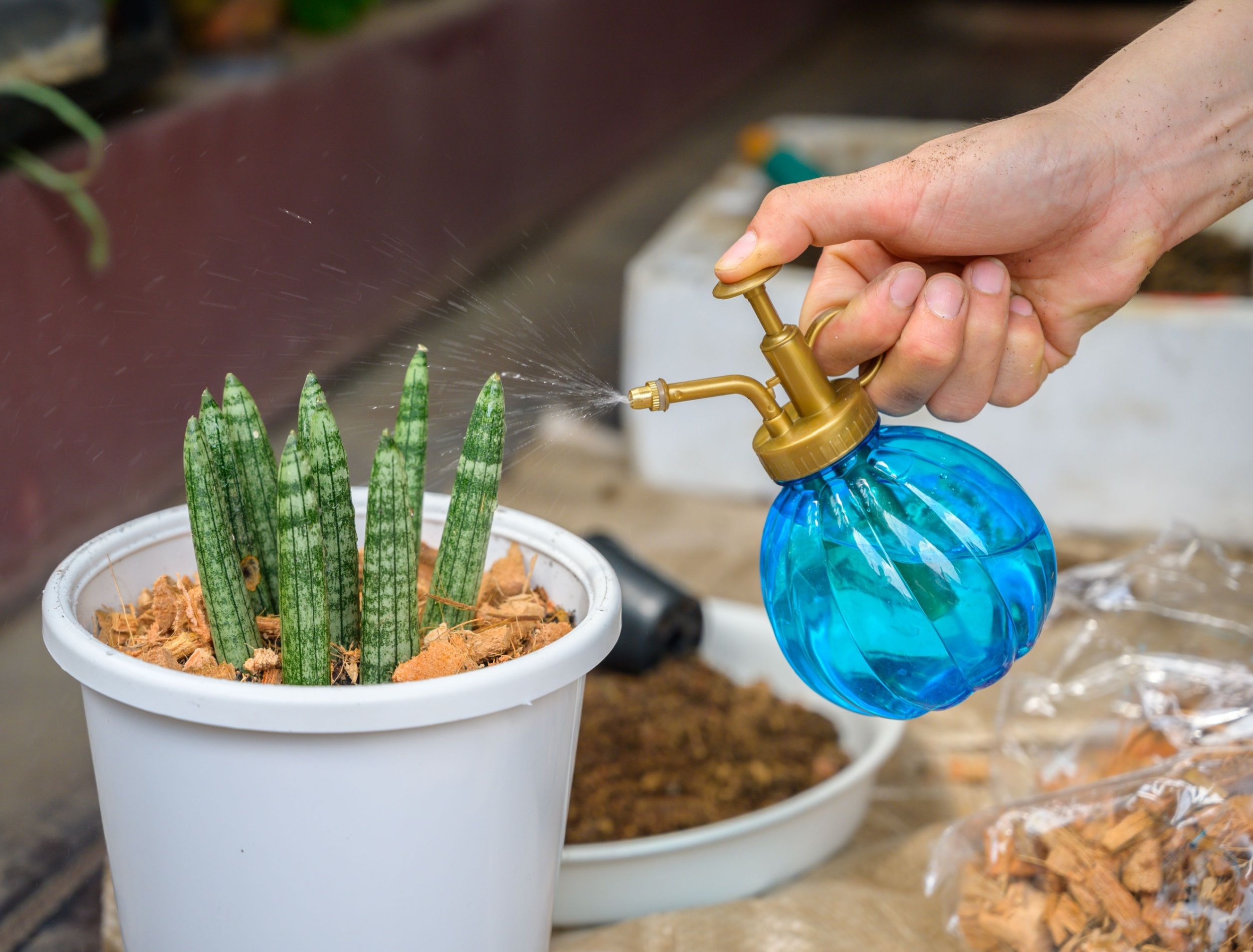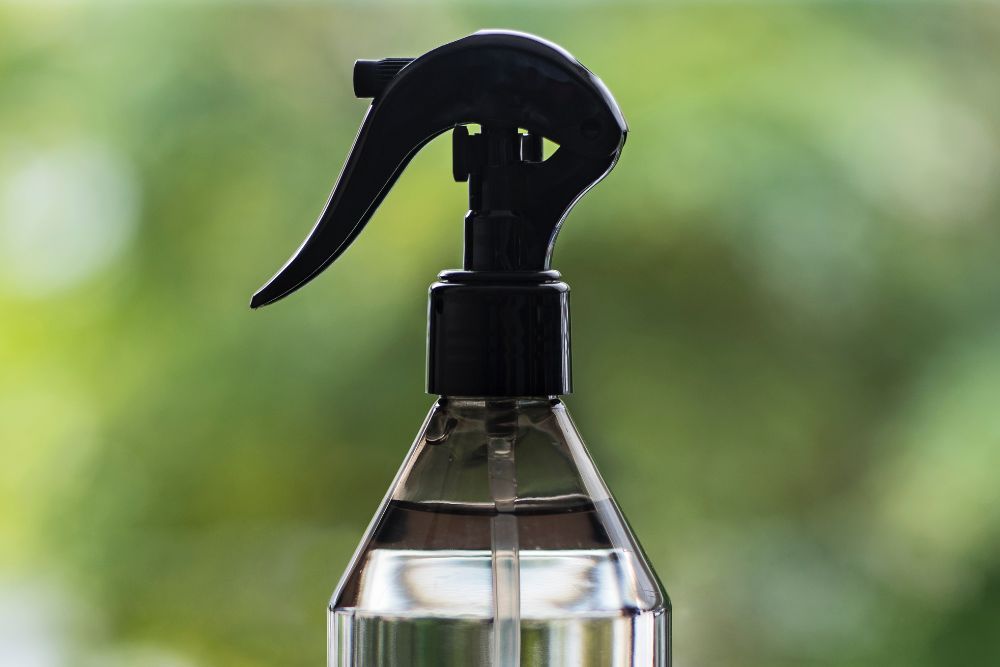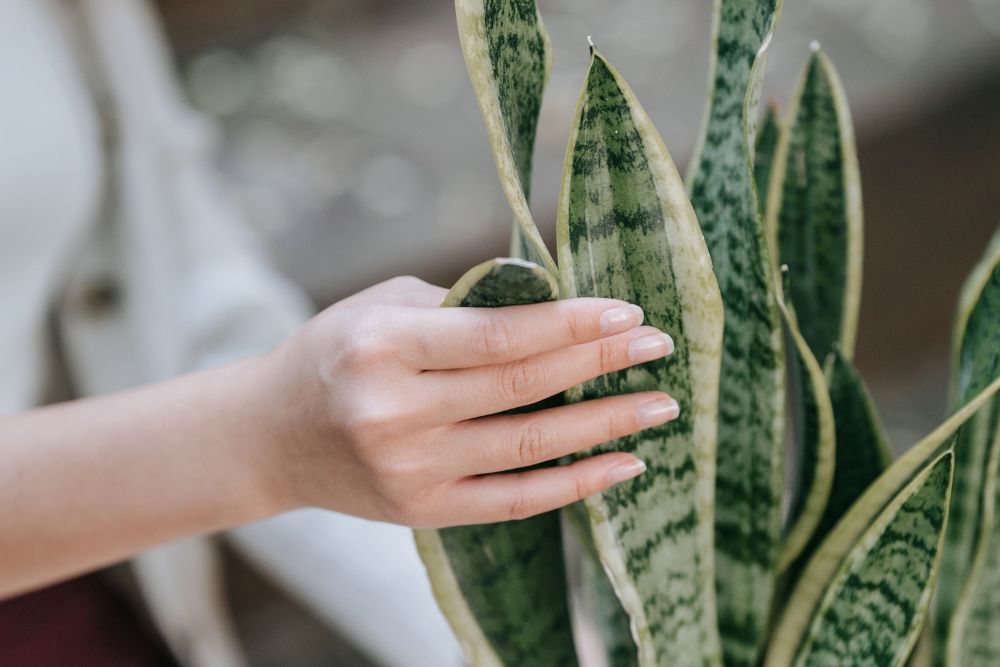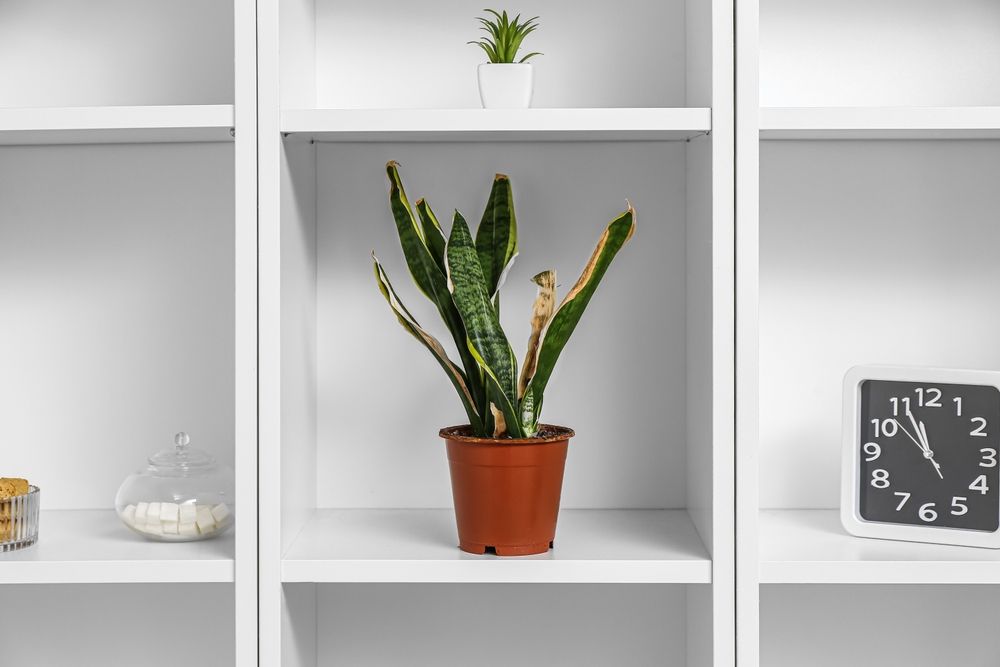If you've been considering adding a snake plant (Dracaena trifasciata) to your home, then you may wonder about the best way to care for it. If so, then the important question arises: should you mist your snake plant? The answer is not as straightforward as it may seem at first glance.
Discover why -- or why not -- you should mist your plant and other ways to keep your snake plant thriving. Also, some potential issues that could arise from improper watering care and how to avoid them with some simple steps. Read on for more detailed advice on properly caring for your beloved snake plant!
Misting -- Yay or Nay?
Image credits: Lucas van Oort via Unsplash
Snake plants are stylish, low-maintenance houseplants that make a great addition to a home. But should you mist them? The answer is maybe.
Snake plants are naturally drought tolerant and have an ability to store water in their leaves for extended periods of time without needing additional hydration. They don't need much water at all, and you can actually harm snake plants by giving them excess moisture.
That said, there may be occasions when you want to give your plant a misting. For instance, if you keep your plant in a room with excessive dry air or heat, or if the humidity in your home is below 30 percent, then it may benefit from an occasional light misting.
Whether you decide to mist your snake plant is up to you. It won't hurt as long as you exercise caution and only give it a light misting occasionally. When in doubt, it's best to follow the natural watering rhythm that your plant prefers.
Give Your Plant A Cleaning
Image credits: Sasha Kim via Pexels
Not only can you mist your plant to raise humidity, but you should also get into the habit of cleaning the leaves of your snake plant. Grab your misting bottle and a cloth and gently wipe down each leaf, removing dust and built-up particles. Not only will this make your plant shine, but it'll also help your plant carry out photosynthesis so light can get directly to the foliage.
How Much Water Does Your Snake Plant Need
Image credits: Pixel-Shot via Shutterstock
Snake plants are incredibly resilient and low maintenance houseplants that survive with very little water. This makes them the perfect houseplant for those who forget to water their plants regularly. Despite this, you still need to know how much water your snake plant needs in order to keep it healthy and thriving.
The amount of water your snake plant requires depends on a few factors. The drainage in your pot, the humidity of the space, and temperature in your home. Generally speaking, water only when the top 2 inches of soil is dry during spring and summer. In winter, reduce your watering schedule to no more than every two weeks.
When you do water, water deeply and thoroughly until the soil is evenly moist and drains out the bottom of the pot. During periods of high heat, your plant may need more frequent watering.
How to Tell You Overwatered
Image credits: Cottonbro studio via Pexels
If you suspect your snake plant is getting too much water, there are a few signs to look for that could show it. One of the most obvious ways to tell if you have overwatered your snake plant is to observe its leaves. Drooping, soggy, or mushy leaves are one telltale sign your snake plant may have too much moisture. Additionally, yellowing, or brown spots on the leaves are also a sign that there is damage in the root system from either over-watering or root rot. Other symptoms include leaves falling off and mold in the soil.
If you think that you have overwatered your snake plant, there are a few steps you can take in order to revive it. Begin by draining off excess water lingering in the pot and then gently remove some of the topsoil around the base of the stem. If root rot appears visible, trim away damaged or diseased roots with sterilized scissors or pruning shears. Once complete, repot the plant in fresh, well drained soil. Finally, water only when necessary and observe your snake plants closely for signs of distress.
To Mist or Not to Mist
Caring for a snake plant is relatively easy, but there are special considerations to have in mind. When deciding if misting is necessary, consider the humidity and temperature in your home. Remember that overwatering causes rot, along with many other potential issues related to improper care. The key is to make sure you're providing adequate moisture for peak health and vigor in your plant.
By following these tips and monitoring water levels, you can enjoy the marvelous addition of a snake plant in your living space for years to come! Don't forget to leave a comment below with questions or advice. And don't forget to spread the word! Share this blog post with family and friends who may also want to learn more about properly caring for their beloved plants!





